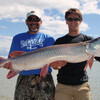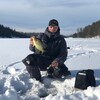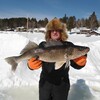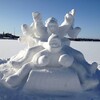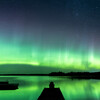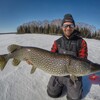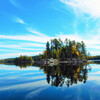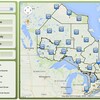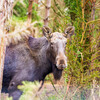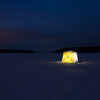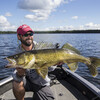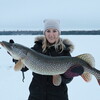Stay Safe This Winter
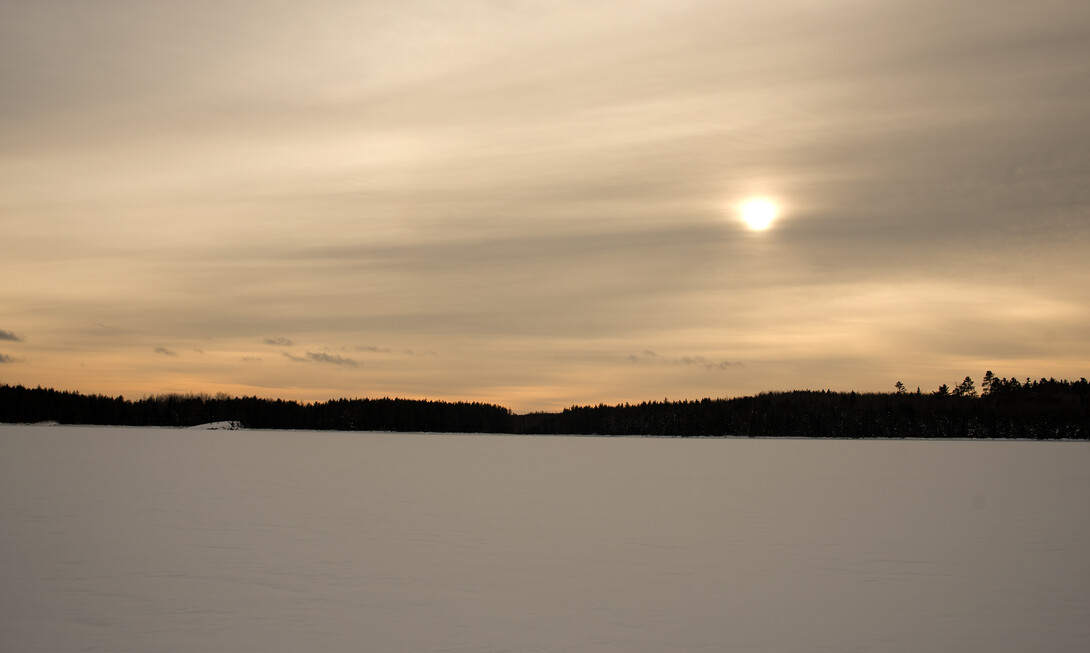
The snow appears as a blanket of beautiful glistening white, the sunsets become more striking, and a whole new world of outdoor activities open up for our enjoyment. A new season of snowshoeing, skiing, skating, snowmobiling—and, of course, ice fishing—comes to life. It's winter in Ontario's Sunset Country.
As with any time of year, there are ways to keep your outings safe during Sunset Country’s winter. There’s no reason to huddle inside waiting for the thaw if you are aware and prepared for the weather. Below we go over some ways to best enjoy your time outside in the winter months while remaining safe.
Ice Safety
Never go out onto the ice unless you are sure it is safe. The most dangerous times to be on the ice are at ice-in/ice-out time (early winter and spring), but ice can be dangerous winter-round if you aren’t cautious. The chart below is a great resource to help determine if the ice is safe to be on or not. Don’t just go by what others say; test the ice yourself before you risk going out walking or on any motorized vehicle.
Ice fishing is the number one winter activity in Sunset Country. Learn more about ice fishing in the winter.
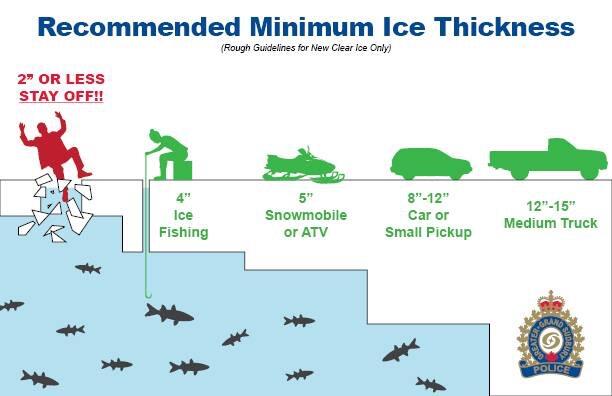
Remember that the type of ice counts as well: white ice is weaker than black or clear ice. Water close to current sources, such as rivers and inlets, are weaker and should be avoided entirely. Ice covered in snow should be checked for depth before it's driven on.
Keep in mind that the faster you drive on the ice road, the more waves you make underneath the ice surface. Driving slower is not only safer, but kinder to your fellow anglers who may have an open hole nearby. It is strongly suggested you drive ice roads with your seatbelt off and your window down, even just a little.
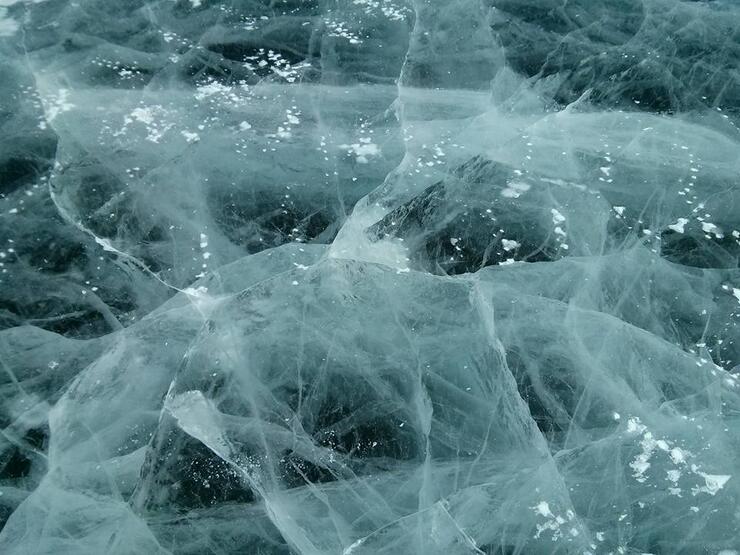
Frostbite
Whenever you venture outdoors in the winter you should keep your skin at the top of your priorities. Frostbite can creep up on you while you’re having fun. Awareness is the trick to keeping it from becoming a problem for you. Here are some general guidelines to avoid the risk of frostbite.
Low risk: 0 to -27 °C (32 to 16.6°F)
Some risk: -28 to -39°C (-18.4 to 38.2°F) in 10 to 30 minutes
High risk: -40 to -47°C (-40 to 52.6°F) in 5 to 10 minutes
Very high risk: -48 to -54°C (-54.4 to -65.2°F) in 2 to 5 minutes
As you go lower in temp, you can acquire frostbite in under two minutes. Keep in mind also that wind will shorten all of these estimated times.
The best thing to do to battle frostbite is cover bare skin, stay dry, and keep moving. We recommend neck warmers and spare hats and gloves in case they get wet.
Clothing
Dressing for the weather you are expecting is something most avid outdoors people are aware of. However, if you are a novice or new to this sort of weather, here are some guidelines you can follow. If you get wet and you are cold, it can greatly impede your enjoyment of your outdoor activity, and even be dangerous.
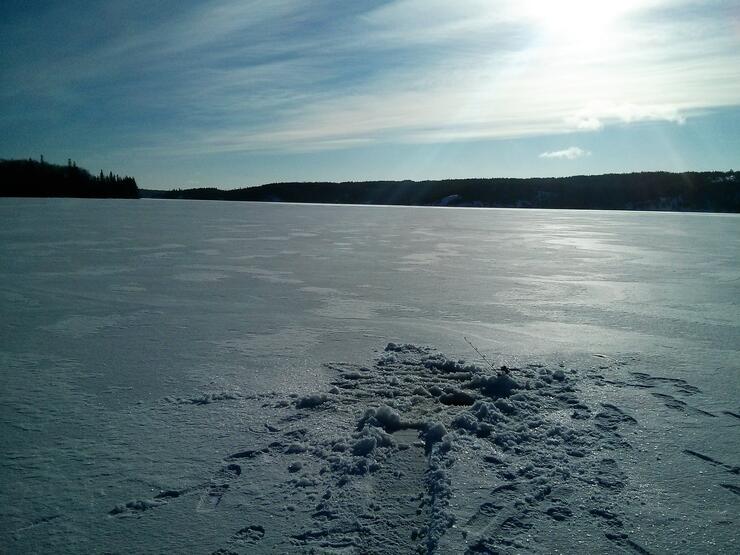
A high winter sun lights up an ice hole near Kenora, Ontario.
Always dress in layers specific to the activity you are doing. The trick is to stay warm and protected without getting overheated and sweating. When you sweat in the cold, you create a situation where your clothes are wet. This is where proper layering comes in. Be prepared to adjust your clothing to suit your activity of choice, outdoor temperatures, and your comfort.
In terms of materials, wool is your best option. Cotton should be avoided, as it doesn’t dry quickly and wicks heat away from your body. Wool, however, protects from the wind, holds your body heat in even if wet, and dries faster. Everyone knows to keep their fingers and toes warm, but equally important is your head, especially your ears.
Layering your clothes is key. Learn more about dressing properly for winter.
Food & Water
It is important to keep hydrated and fed while you are playing outdoors, more so in the winter. Making sure you are well-fed can keep your metabolism humming along, keeping you warm in cold weather. Eating properly ensures your energy level and keeps you sharp. Ever notice how you get lethargic and can get "brain fog" when you don’t eat? Playing outdoors in the winter puts an even greater demand on your body, so make sure you eat, and drink plenty of water.
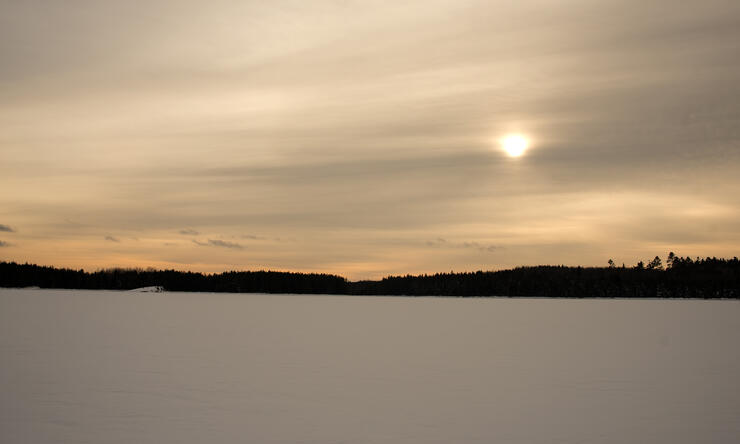
The sun starts to sink over a backcountry lake in northwestern Ontario. Photo: Alyssa Lloyd
In case of an Emergency
We all hope that we are just going out to have fun in the snow, however, it’s important to be prepared for emergencies should they happen. Having an emergency kit in your vehicle, including a flashlight, food, water, blankets, source of heat, first aid kit, and a means of communication (like a cellphone or even just a whistle) can help in an emergency.
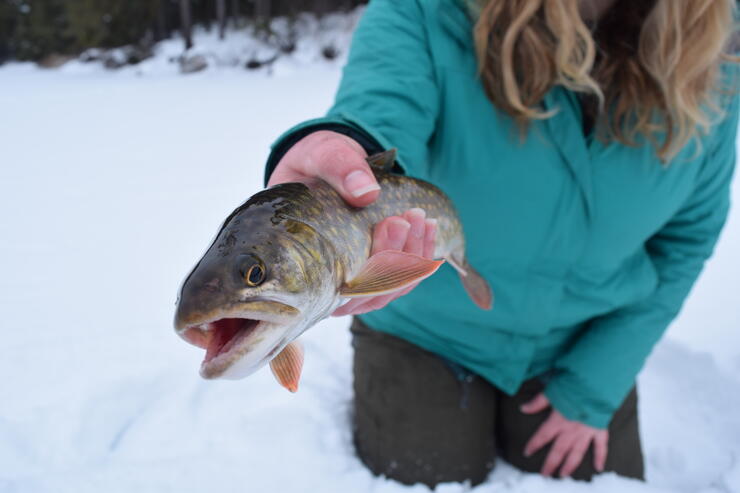
Alyssa Lloyd shows off a lake trout/brook trout hybrid, splake.
Make sure you communicate with someone outside your party about your activity of the day. That person should have a general idea of where you are going and when you can be expected to return.
Have Fun!
Outdoor activities offer fun ways to spend your winter. Be prepared, be careful, and you’ll enjoy your favourite winter activities in beautiful Sunset Country safely.
All photos by Tracey Chartrand
Recommended Articles
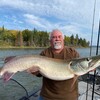
Is the 1,400 Kilometre Drive to Northwest Ontario For a Fishing Trip Worth it?
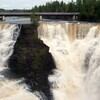
8 must-see waterfalls

6 Ways to Get Your 10,000 Steps This Fall
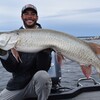
Top 5 Reasons You Should Be Fishing in Morson, Ontario
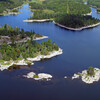
Discover The Winnipeg River
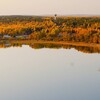
Enjoy Sunset Country's Fall Colours on Your Next Road Trip
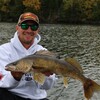
Fishing in the Fall?
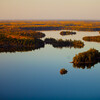
6 Reasons to Book a Fall Vacation to Sunset Country
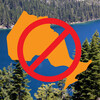
10 Reasons to Avoid Ontario’s Sunset Country
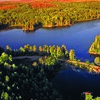
Heading Across Canada?

A Guide to Sunset Country Museums

The Promised Land: Best Muskie Fishing in Ontario
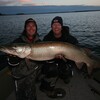
Fall Fishing Tips
5 Essential Boreal Experiences in Ontario's Sunset Country
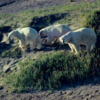
5 Obscure Facts About Northwestern Ontario: Were You Aware of These?

Great Food in Relatively Unknown Places
Outdoor Medicine

A Guide to Bringing Your Pets on Vacation to Canada

There's more than just fishing in the Red Lake Region
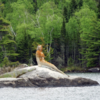
5 Amazing Sights You Can Only See By Boat
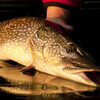
Going Fishing in Canada?
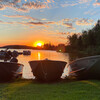
Going fishing in Ontario?
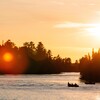
Outdoor Adventure in Ontario's Northern Paradise
Planning A Family Fishing Trip to Canada
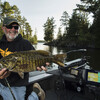
Tips from a Fishing Legend
